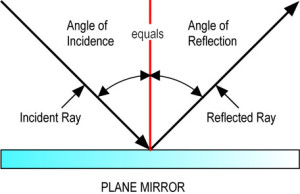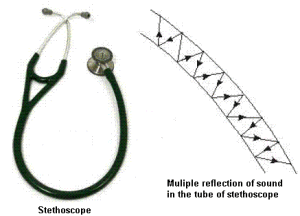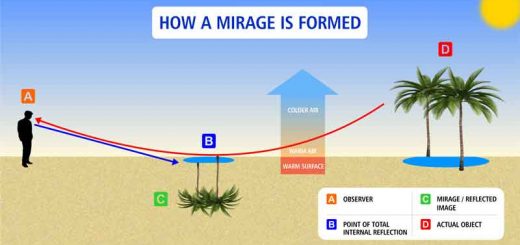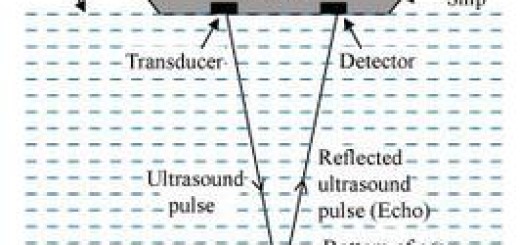The uses and laws of reflection of sound waves
The reflection
The reflection is the change in the direction of a wavefront at an interface between two different media so that the wavefront returns into the medium from which it originated such as the reflection of light, sound and water waves.
The sound waves can be reflected by large, hard, smooth, vertical and far way surfaces such as the walls, the buildings and the cliffs, where the echoes are produced by the reflections of sound from these surfaces.
The reflection of sound
The sound reflection is the return of the sound waves in the same direction due to hitting a reflecting surface (such as a wall).
What are the laws of reflection of sound?
The reflection of sound waves is governed by two laws known as the two laws of sound reflection, The first law of reflection of sound waves is the angle of incidence = the angle of reflection.
The incident sound ray, the reflected sound ray and the perpendicular line from the point of incidence on the reflecting surface, all lie on the same plane, perpendicular to the reflecting surface.
The sound ray is the direction of the line propagation of the sound wave, The angle of incidence of the sound ray is the angle between the incident sound ray and the line perpendicular to the reflecting surface at the point of incidence.
The angle of reflection of the sound ray is the angle between the reflected sound ray and the line perpendicular to the reflecting surface at the point of incidence, When a sound ray is incident perpendicular to a reflecting surface, it reflects on itself because the angle of incidence = the angle of reflection = 0.
It is very important to put a piece of moquette or rubber under the vibrating washing machine while getting rid of water to absorb the noise produced due to vibration instead of its reflection from the glistening surfaces of walls.
The ceilings and the walls of broadcast studios are covered with rubber or felt to absorb the sound and prevent its reflection.
Uses of reflection of sound
The reflection of sound is used in many devices as the megaphones, the horns, the musical instruments like the trumpet, the shehnais, etc, The ceilings of the cinema halls and the auditoriums are curved so that the sound after multiple reflections reaches all parts of the hall.
Doctors listen to the sounds from the human body through a stethoscope which is used to hear the sounds of internal organs of a patient for diagnostic purposes.
Audible sounds, Doppler’s effect, Savart’s wheel importance, Sound properties & velocity
Sound intensity, Factors affecting Sound intensity & Applications of ultrasonic waves
Mechanical waves and some technological applications of sound mechanical waves
The advantages and disadvantages of ultrasonic waves in detecting industrial defects





